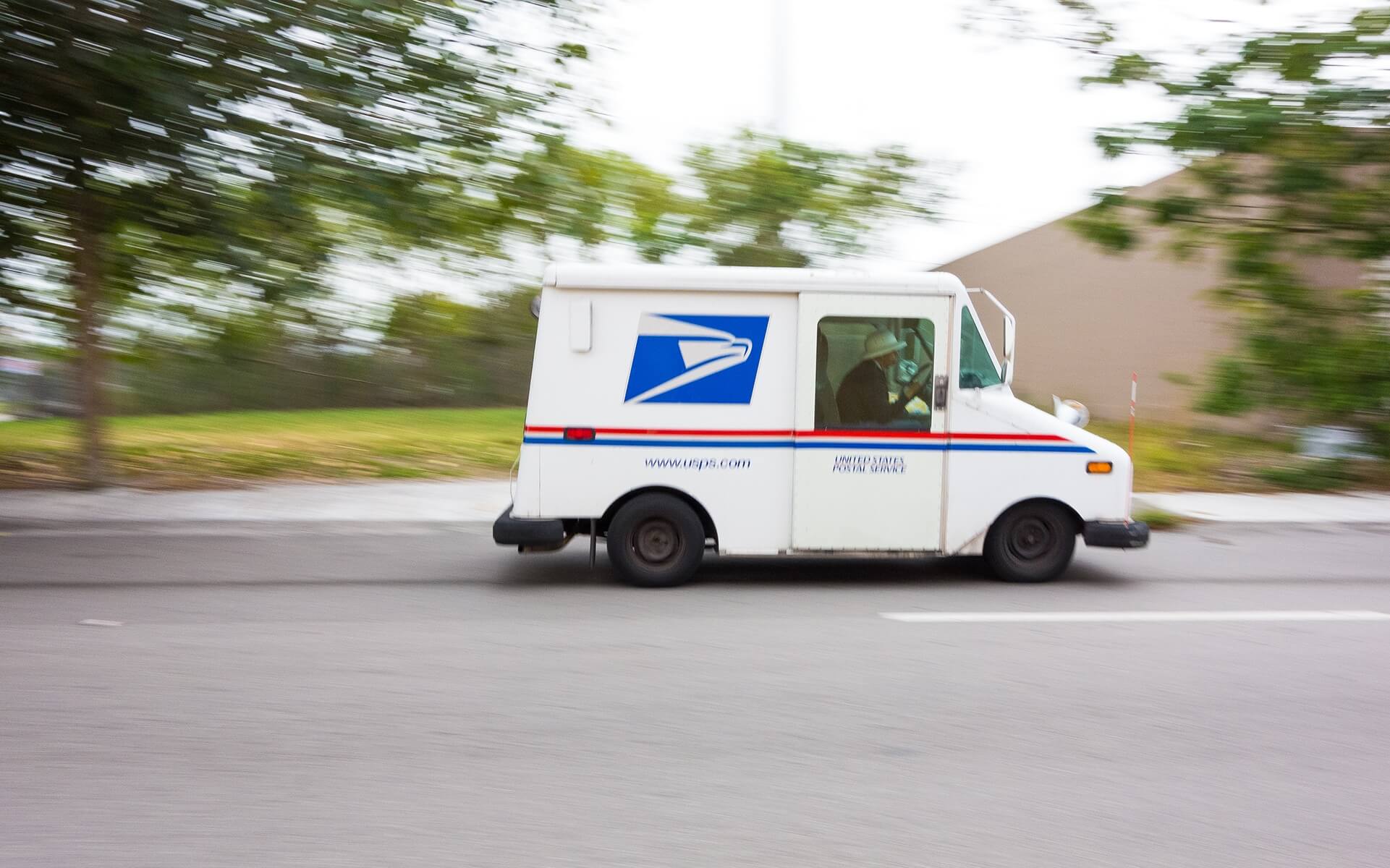The Mailing Side of Direct Mail (Format, Print, Postage)
By Paul Bobnak | May 21, 2018

Successful direct mail delivers the most relevant message to the right audience using copy, images, paper, ink, and finishes. But figuring out which combination of elements works best is not easy. For one thing, there’s an amazing variety of possibilities to test.
Let’s assume you’re confident in your direct mail data, a not-so-little detail in the whole equation. And – just for the moment – let’s also put aside your overall strategy and how you can best get your message across. Instead, let’s focus on the nuts ‘n bolts of the direct mail effort itself.
Even the simplest-looking campaign, like a single postcard or a letter, is the result of choices someone has made from a complex set of options. What you decide to do depends on many factors, like your budget, the schedule, how the mail piece meshes with the rest of your marketing, and finally, how your vendors, as well as internal staff, will be able to accomplish the tasks needed to get your campaign in mailboxes.
In this post, let’s look at three elements that can make a difference in the success or ROI of your mailing. For each one, keep in mind how you’ll have to balance the factors named above.
Find the Best Format
When choosing a print format to carry your message, you have many choices available. Folded self-mailers (FSMs), postcards, letters, and brochures are the most commonly mailed.
However, not every one of them is well-suited for every campaign. Each has strengths and weaknesses that dictate whether or how they should be used for a particular campaign, depending on the intended audience and the complexity of the message.
For example, a car dealership with hundreds of vehicles at its location is best served by using a single postcard or FSM to drive customers to a special sales event. An offer from an insurance company for homeowners coverage, on the other hand, may be very relevant if it uses Variable Data Printing (VDP), but only if mailed in an envelope, which is a more secure format.
Choose Printing that Engages
Marketers are faced with many printing options that can best help them display their message, and engage senses like sight, feel, smell, and sound. However, not all methods, papers, inks and finishes are equal for every task.
Offset presses are fast and work best for large print runs. Digital printing – whether EP or inkjet – is better for smaller runs with shorter turnarounds and more variable elements in the piece.
Printers offer several choices of in-house paper stocks to use for a mailing, some of which may work better with a specific printing process and ink type. Post-press and finishing techniques may also be dictated by what process is used, as well as the paper and ink.
Use the Right Postage
For most mailings, postage is the highest-cost component. Fortunately, the USPS understands the burden this can place on marketers’ budgets. It offers discount rates based on several criteria.
Class – The Postal Service divides mail by the content of the material it contains. Marketing Mail (formerly Standard) is used for most advertising, flyers, and catalogs, and must meet minimum quantity or weight requirements. All pricing is for bulk rates. First Class postage can be applied to anything that is mailable. However, some materials must be mailed first class, including bills, account statements, credit cards, and personal correspondence.
Automation – Direct mail passes through an immense USPS network of sorting and processing equipment. To make this task easier for both marketers and postal personnel, mail should meet certain size, shape, weight, uniform thickness, addressing, and barcoding requirements. These differ depending on how the piece is categorized (letters, postcards, flats, parcels). Some pieces may qualify as “machinable” – able to be processed through postal service equipment – while still not qualifying for automation rates.
Presorting – To speed your mail’s passage into and through the postal system, USPS provides pricing incentives to marketers that organize campaigns ahead of time. By putting all of the mail in a campaign in zip code order, it saves the postal service time later. And with commingling and co-palletization, a printer or mail house combines its campaigns with those of other mailers before delivering to USPS for processing.
Ideas to Use
- To avoid any delays in the production and mailing of your campaign, look for a vendor that offers in-house USPS verification.
- If you are going to test printing techniques, test big changes.
- First Class postage, despite the higher cost, can be very effective in driving response when paired with a high-end campaign, like for luxury items or some fundraising efforts.


